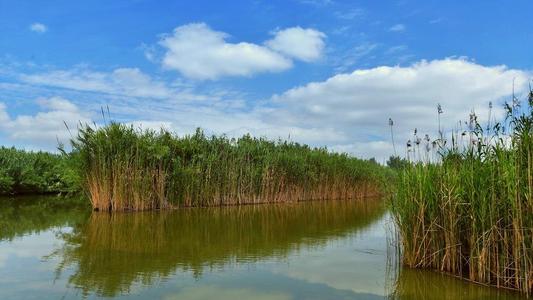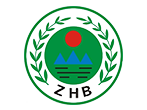Wetlands are transitional zones between terrestrial ecosystem and aquatic ecosystem. A lot of characteristic plants in wetlands grow in a specific environment in which soil is soaked in water. Wetlands are widely distributed in the world and have many wildlife resources. Together with oceans and forests, they are collectively known as three major ecosystems on the earth. Many rare waterfowls cannot breed or migrate without wetlands, so wetlands are called “paradise for birds”. Wetlands have a strong ecological purifying capacity, so they are also known as “kidney of the earth”.
Wetlands are ubiquitous almost throughout the world, but it was only about half a century ago that human beings truly learned about wetlands. Although at present, the domestic and foreign definitions of wetland are not fully consistent, the definition in the Convention on Wetlands has been generally accepted by all state parties.
“Wetlands are areas of marsh, fen, peatland or water, whether natural or artificial, permanent or temporary, with water that is static or flowing, fresh, brackish or salt, including areas of marine water the depth of which at low tide does not exceed six meters”. According to this definition, wetlands include lakes, rivers, marshes (forest marshes, mossy marshes and grassy marshes), beaches (river beaches, lake beaches and coastal beaches), salt lakes, salt marshes, as well as coral reefs, seaweed areas, mangroves and estuaries in coastal zones, etc. To protect wetlands and rich species in wetlands, a global intergovernmental convention on wetland conservation was set up on February 2, 1971. The definition of wetlands proposed in the Convention on Wetlands was beneficial to wetland conservation and management, but it simply listed the denotative meanings of wetlands, without pointing out the essential attributes of wetlands.
The most distinct symbol of wetland is the existence of water. Generally, we can identify wetlands according to the basic characteristics of water, plants and soil.
Water- the surface has perennial ponding, seasonal ponding or the soil is too wet;
Plants- aquatic, marshy and hygrophilous plants;
Soil- principally hydromorphic soil with poor drainage and mostly rich in organic matters.










 Public Security Filing No.:321324402000556
Public Security Filing No.:321324402000556